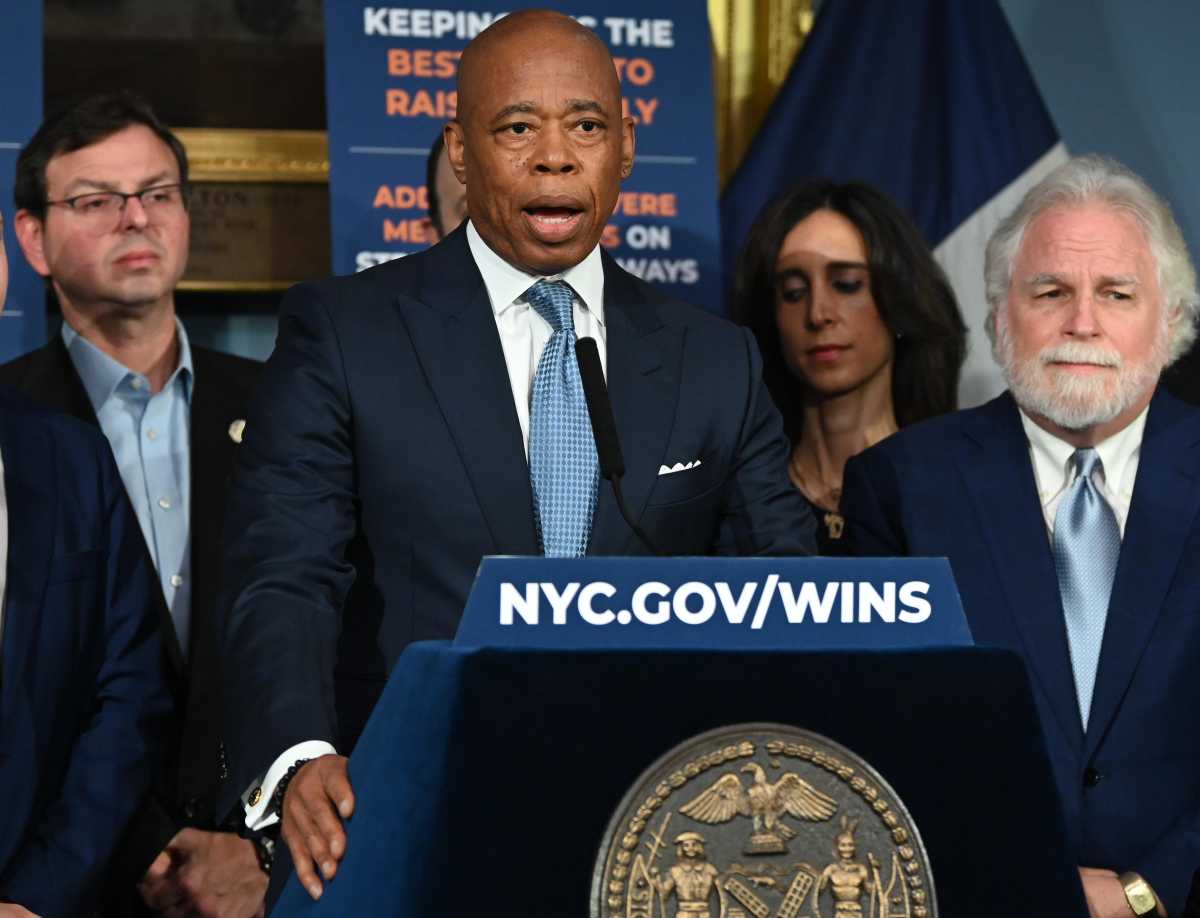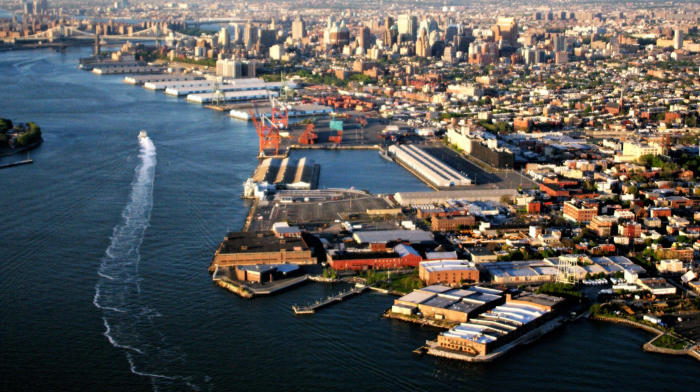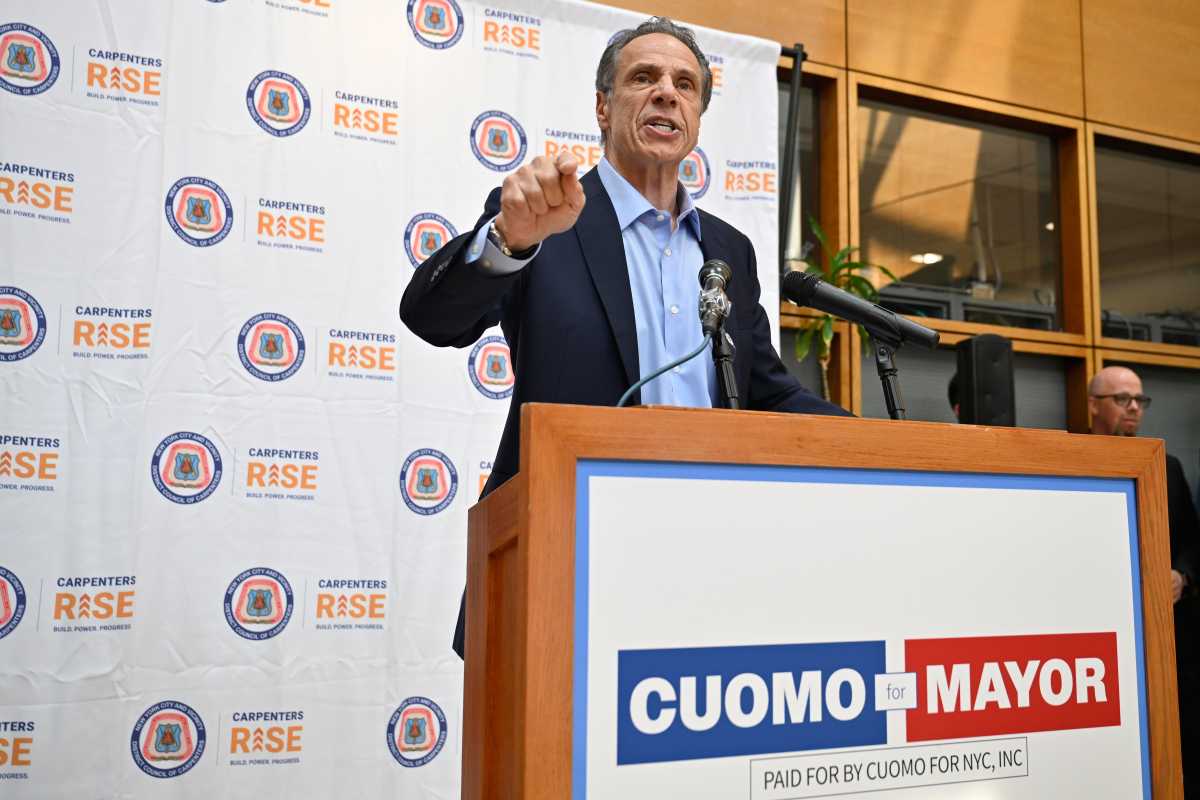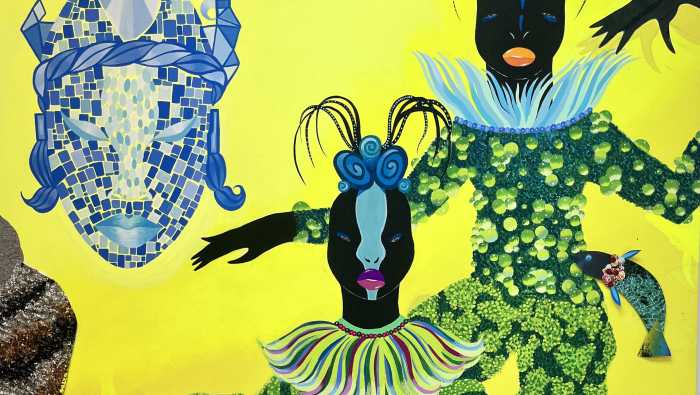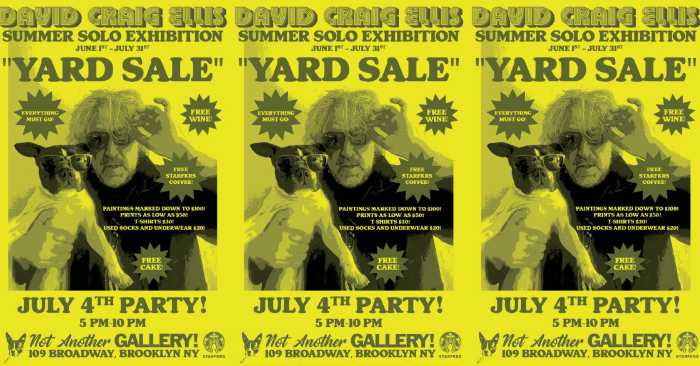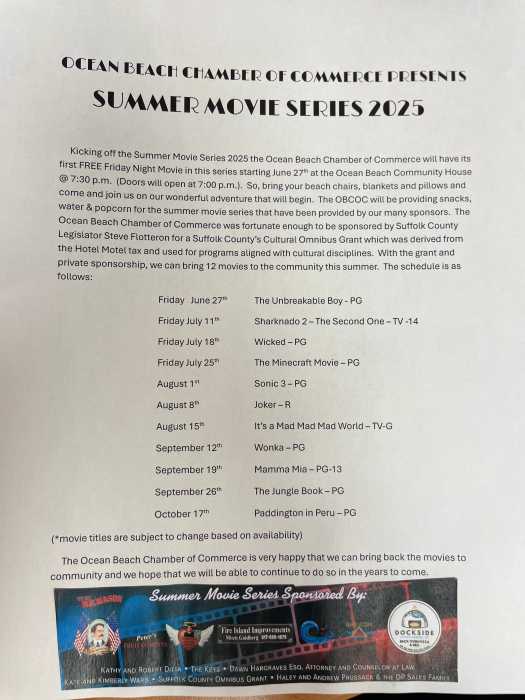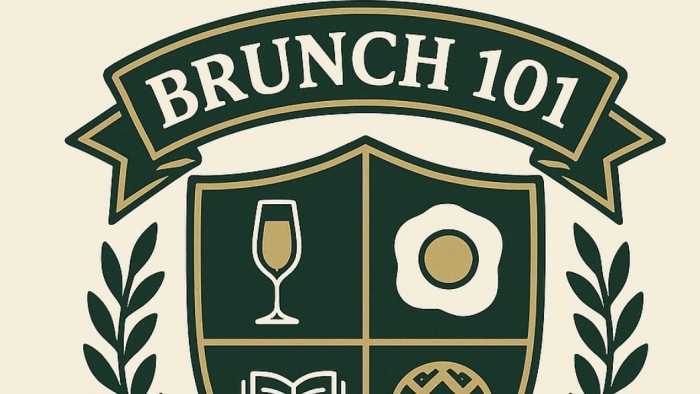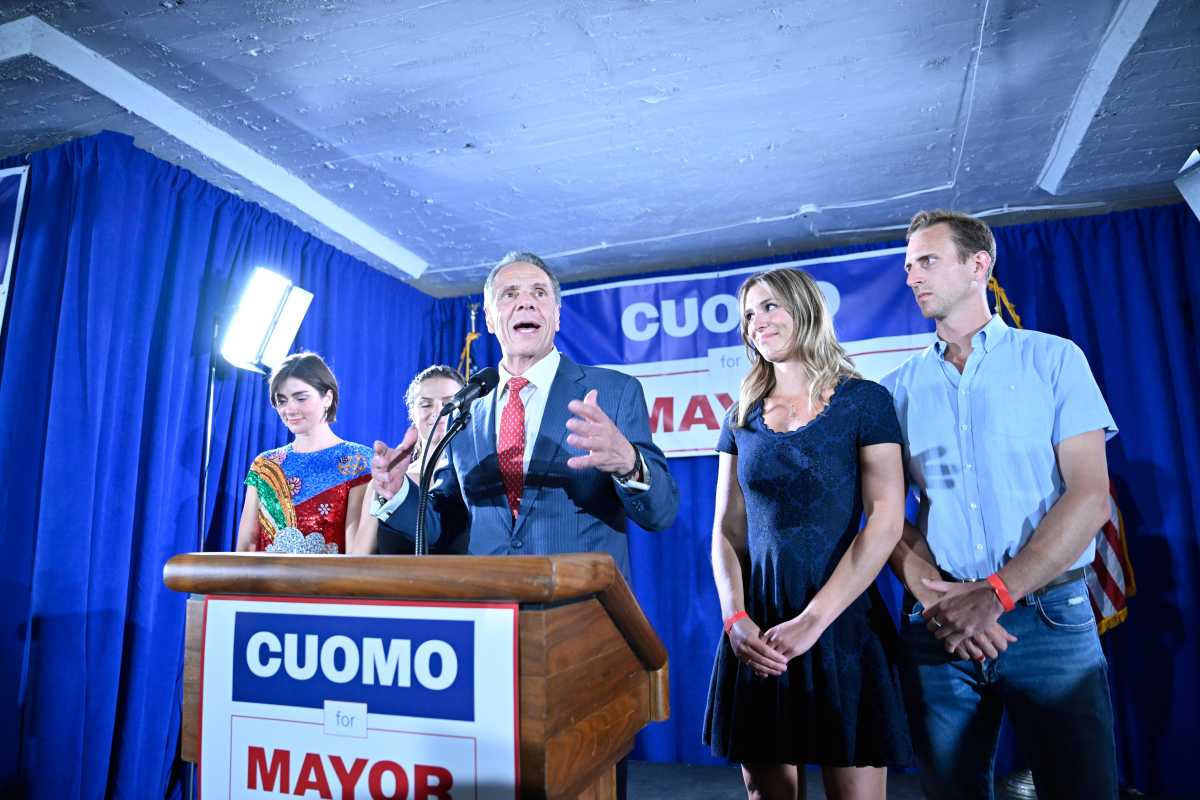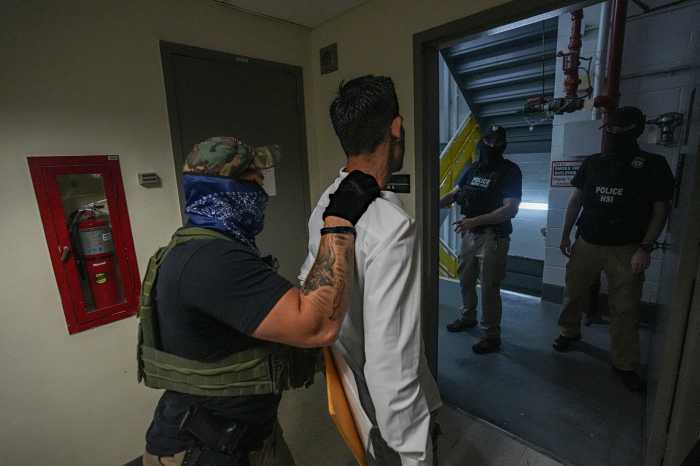To the editor,
I was surprised by Stephen Brown’s article on the Independent Neighborhood Democrats’ election in last week’s print edition (“Landslide! Clubhouse president is swept aside in uprising,” Feb. 26-March 6). A few corrections are in order:
First a little background: Last year, I took a leave of absence from the club because I could not support a City Council candidate — John Heyer — who does not believe in a woman’s right to choose or marriage equality.
Yet your article reported that I “made the decision [of taking a leave of absence] in hopes of avoiding splitting the club.” That is not even close to what I said.
Before the Council endorsement vote last year, I asked the club to vote “no endorsement” to keep the club from splitting. With the exception of the Heyer camp, all of the other candidates agreed to do this on the second ballot. And as The Brooklyn Paper reported in its May 22 issue, I said, “After the primary, it will be my job to put everything back together again.” And that is, in essence, what I said at last month’s election meeting; that going forward, I wanted to “heal the club, working with everyone.”
What was also surprising was Mark Shames comment in your story that “a small faction would like to make it about Heyer.” And apparently that would include Mr. Shames, who sent me an e-mail stating, “The anger over your leave of absence for the primary could just not be managed.”
I showed that e-mail (the full e-mail was sent to The Brooklyn Paper) to Ira Cure and said, “This is what this election is all about.” He agreed.
The members of the club — including the Heyer–Scotto-backed packers — had every right to decide that my taking a leave of absence and not supporting John Heyer was enough to make sure I was not re-elected. The fact that they cannot bring themselves to admit this obvious fact, is odd.
To be fair, there were also many members who were not happy with the direction I wanted to take the club. In your May 27 issue, I said, “My hope is that IND will be a strong progressive voice for Brooklyn again soon.”
As an unabashed liberal, I wanted to move the club back to the left. That is not the direction that the members want to go as was made clear at the endorsement meeting last year and at this year’s election.Kenn Lowy,
Brooklyn Heights
The writer is the former president of the Independent Neighborhood Democrats. He has said that he will leave the club to join Central Brooklyn Independent Democrats, a rival club.
Insecurity
To the editor,
We should all thank you for your recent push for openness from the Empire State Development Corporation regarding security measures at the Atlantic Yards project (“State’s Yards terror plan: There’s nothing to see here!” Feb. 26-March 6).
Above all, thank you for finally publicizing that Mayor Bloomberg and the NYPD have singled out sports venues as prime terrorist targets. Unfortunately, after six years of the mainstream media avoiding serious discussion about post–9-11 security, it probably doesn’t much matter and well just have to live with whatever is decided or ignored.
Still, it does seem that Gov. Paterson and the ESDC are clearly asleep at the wheel.
Will anyone now manage to get the governor or the mayor to say what is being planned, exactly how pedestrians and traffic will be affected, and how much it will all cost?
Lest we forget, along with the economic downturn, it was the high cost of securing Frank Gehry’s all-glass arena that leaves us today’s vaporware architecture.
Likewise, never forget that it was the ESDC that went to court to say it was unreasonable to address possible impacts of post–9-11 security measures.
Unfortunately for all of Brooklyn, the agency’s right to black out everything in their one acknowledged e-mail is essentially endorsed by the courts.
Alan Rosner,
Prospect Heights
Neigh!
To the editor,
Your article about the Kensington Stables (“An un-‘Stable’ plan chills Kensington,” Feb. 19-25) pointed out that we need to save this institution.
The stables have been in existence for more than 100 years, and is the last remaining stables with immediate access to beautiful Prospect Park, Brooklyn’s four miles of bridle paths.
As well as providing horses for lessons and trail rides through the park, the stables provide our community with facilities for therapeutic horse riding and a local pony club. Our urban kids get to interact with horses in a fun, kind, safe and well-monitored environment, and they love it!
All New York City stables have multiple fire exits to get their horses out in any emergency. Barn managers actively manage their barns so horses are healthy and riders are happy. The well-being of both in New York City is key.
I believe that our community should encourage, promote and preserve all of our city stables, help them in hard times in a sensible and practical way, and keep horse riding available in New York.
Alison Clarke, Kensington
The writer is a member of the New York City Horse Council.
• • •
To the editor,
It is natural that passions should be heated in defense of a much-loved stable, particularly when its owner is maligned and accused of only being interested in profit, or of blithely selling horses for slaughter, as was suggested in the online comment portion of your otherwise fine story.
Horse welfare is dear to my heart. If the above-mentioned accusations were just, that would be one thing, but to my knowledge, Walker Blankinship has never sold a horse for slaughter and takes horse responsibility very seriously. On the contrary, he houses several horses who could be considered rescues and who would not have had happy alternatives. They are in good shape, doing light work, and more importantly, have a safe home.
Most are housed in box stalls. Urban stabling cannot compare with the best in country management, but it can be managed, and, when done so provides, valuable exposure to horses and a learning experience to many.
Without direct exposure to horses, horse welfare will suffer because direct exposure grows the future advocates and champions of horses. The horse needs a fan base to thrive. We seem to accept this with regard to our local aquariums and zoos, and try to figure out how to make such environments work because of their positive effect on the long-term good of the species, but we’re in danger of missing this with regard to urban horses.
Yes, let’s make improvements, but let’s also ensure that is assistance is given to accomplish this, and it doesn’t result in the inadvertent closure of many decent riding barns. Such closure would catapult many horses who currently have safe homes into the unwanted horse category, an uncertain future, or no future at all.
Ruth Moore,
Windsor Terrace


